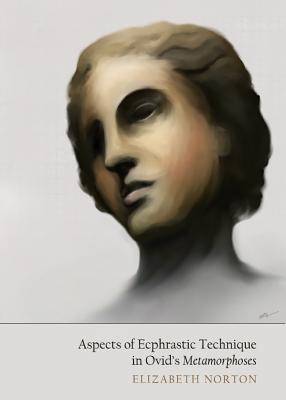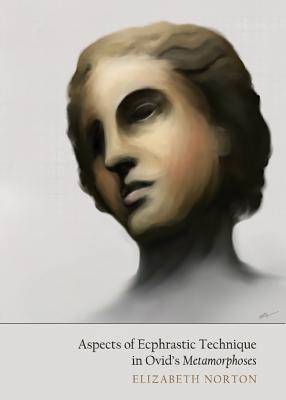
- Afhalen na 1 uur in een winkel met voorraad
- Gratis thuislevering in België vanaf € 30
- Ruim aanbod met 7 miljoen producten
- Afhalen na 1 uur in een winkel met voorraad
- Gratis thuislevering in België vanaf € 30
- Ruim aanbod met 7 miljoen producten
Zoeken
€ 128,95
+ 257 punten
Omschrijving
By first examining the origins of ecphrasis as a rhetorical trope, as well as its association with simile, the author provides an historical context on which to base a discussion of Ovid's own use of the device. Consideration is given to recent theoretical approaches to the subject, as well as to a selection of ancient texts that may have influenced Ovid's work. After this, a more in-depth examination of relevant passages within the Metamorphoses is undertaken. The author concludes by considering the benefits of an intertextual approach to the material, as well as looking at the extent to which Ovid's determination to both allude to and outdo his predecessors, influenced the style and substance of his work. In looking at the links between the literary and plastic arts, the reader is invited to consider the possibility that Ovid's pre-occupation with artists and artistic endeavours makes the Metamorphoses itself both an extended ecphrasis and a commentary on Ovid's obsession with his own artistry.
Specificaties
Betrokkenen
- Auteur(s):
- Uitgeverij:
Inhoud
- Aantal bladzijden:
- 245
- Taal:
- Engels
Eigenschappen
- Productcode (EAN):
- 9781443842716
- Verschijningsdatum:
- 1/02/2013
- Uitvoering:
- Hardcover
- Formaat:
- Genaaid
- Gewicht:
- 221 g

Alleen bij Standaard Boekhandel
+ 257 punten op je klantenkaart van Standaard Boekhandel
Beoordelingen
We publiceren alleen reviews die voldoen aan de voorwaarden voor reviews. Bekijk onze voorwaarden voor reviews.












